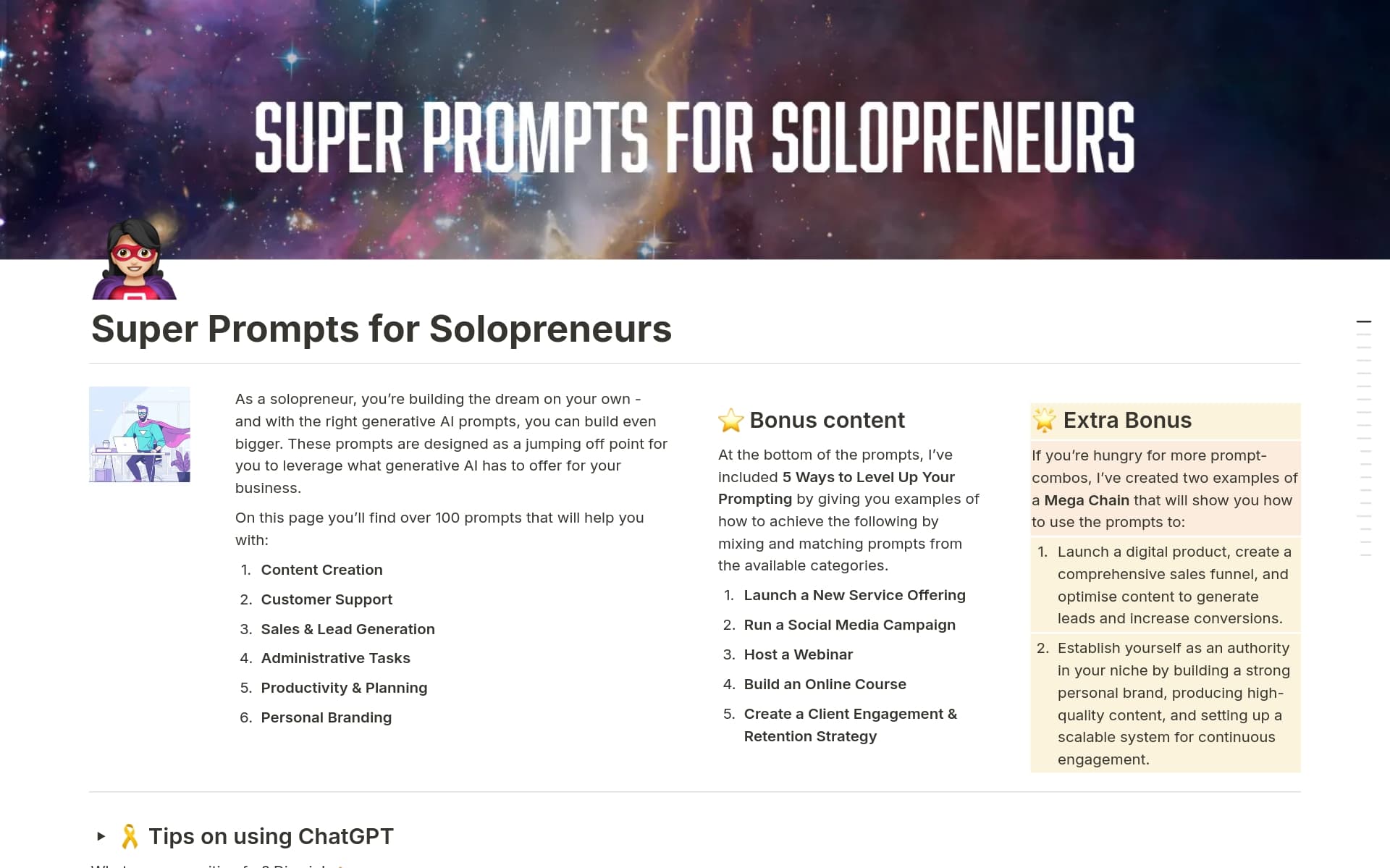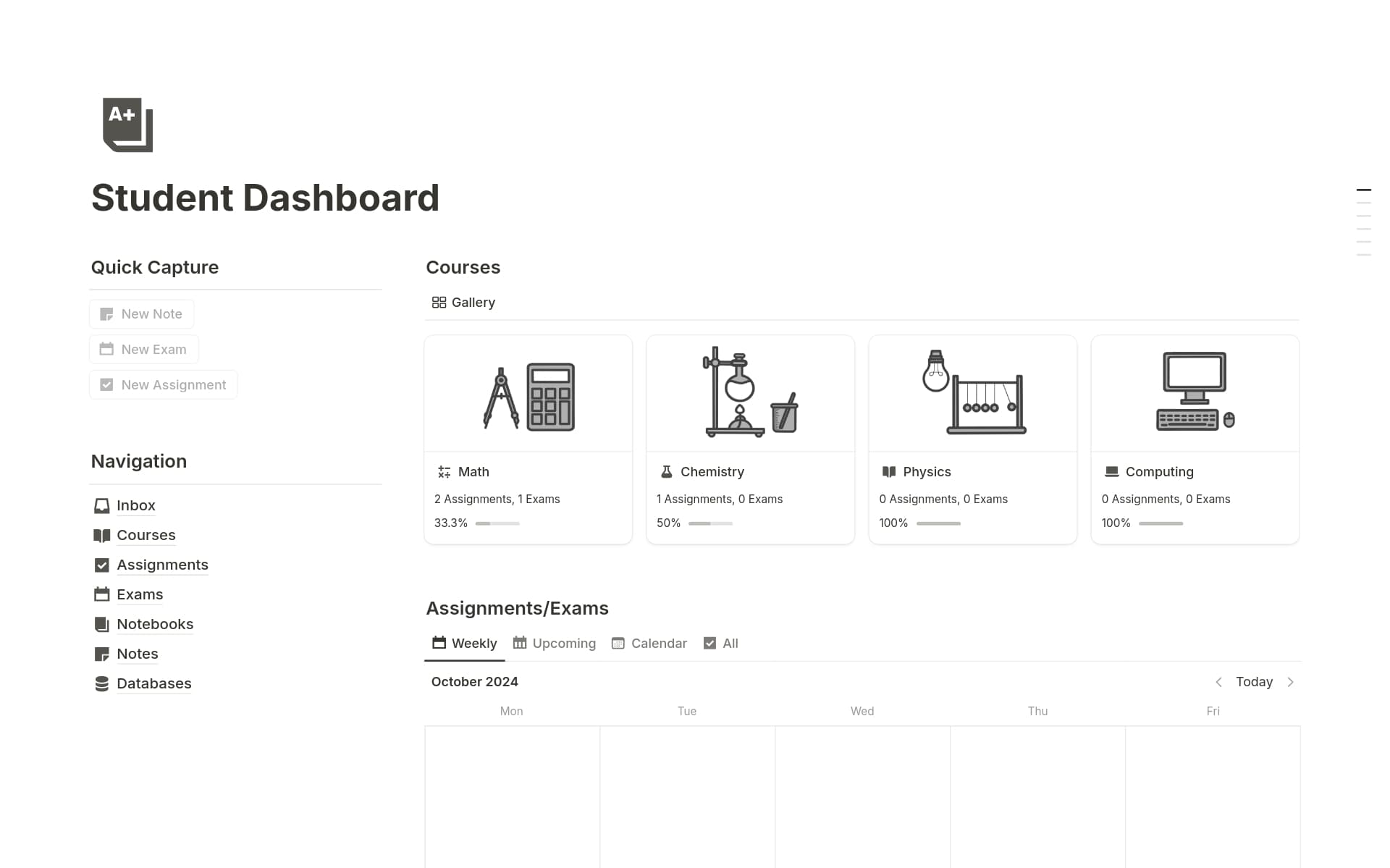Understanding user insights is crucial for creating products and services that truly resonate with your target audience. It helps in making informed decisions, enhancing user experience, and fostering innovation. A User Insights Notion template can streamline the process of gathering, organizing, and analyzing user data, making it more efficient and actionable.
Before you dive into crafting your own User Insights, take a look at these Notion templates to simplify and enhance your approach. They offer structured frameworks and tools designed to capture and utilize user feedback effectively.
What Should User Insights Templates Include?
Choosing the right User Insights template in Notion can significantly streamline your data analysis and user research processes. Here are key components to look for in a high-quality template:
User Demographics: This section should provide fields to input age, location, gender, and other demographic information to help you understand your user base.
Feedback Collection Mechanisms: Effective templates should include structured forms or fields for capturing user feedback, both qualitative and quantitative.
Usability Metrics: Look for templates that allow you to track and analyze usability metrics such as session duration, error rates, and user satisfaction scores.
Integration Capabilities: Ensure the template can integrate with other tools or platforms for seamless data collection and analysis.
Selecting a template with these components will empower you to gather and leverage user insights more effectively, enhancing your product development and user experience strategies.
What Should User Insights Templates Avoid?
Choosing the right User Insights template in Notion can streamline your data analysis and enhance decision-making. However, some features may complicate or clutter your workflow. Here are key elements to steer clear of:
Overly Complex Structures: Templates with too many nested pages or intricate linking can be confusing and hinder quick information retrieval.
Non-Customizable Fields: Avoid templates that don't allow you to modify fields. Flexibility in data entry is essential for tailoring the template to specific user research needs.
Heavy Use of Automation: While some automation is beneficial, excessive use can make the template rigid and difficult to adapt to changing research parameters.
Ultimately, the best template is one that balances simplicity with functionality, ensuring that you can gather and analyze user insights effectively without unnecessary complications.



